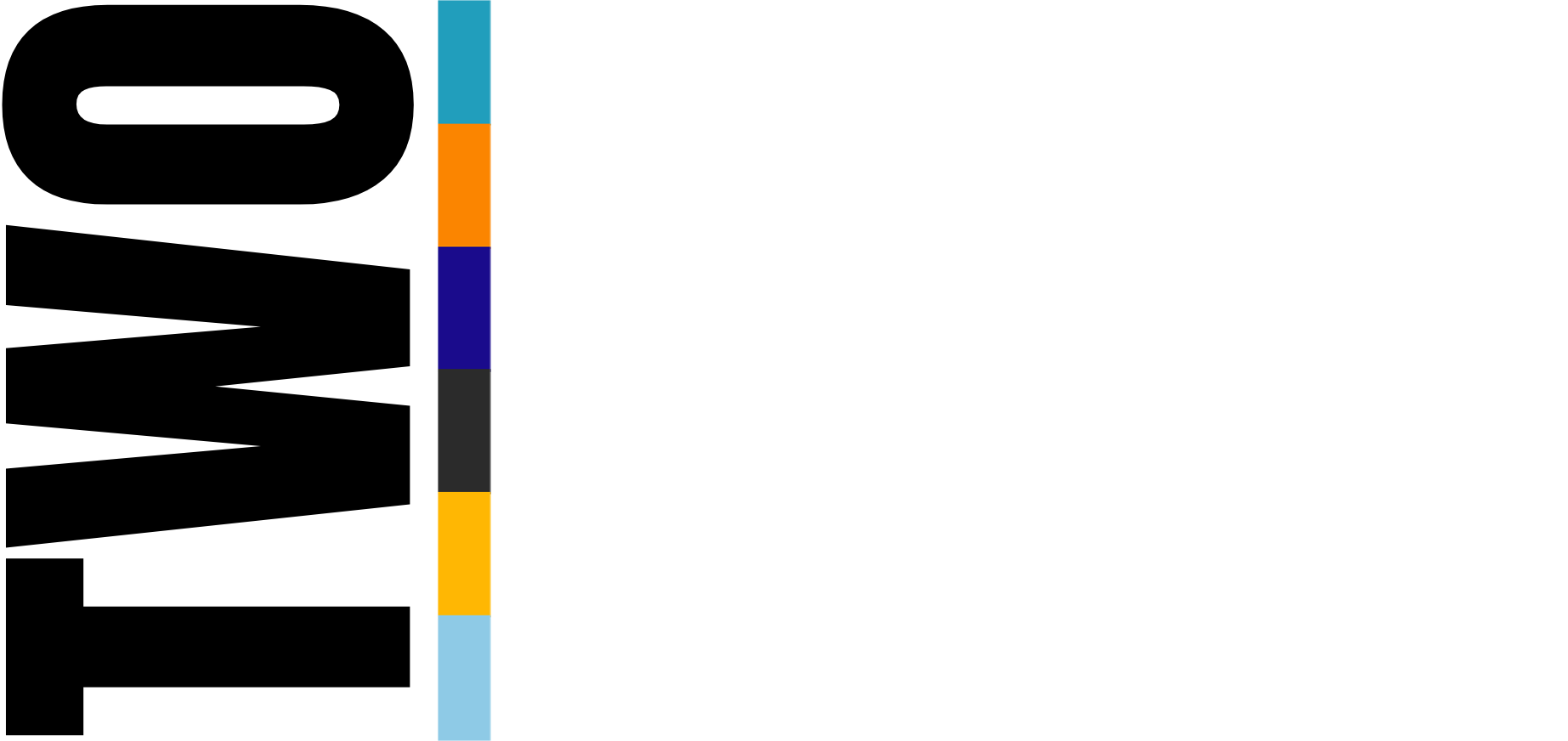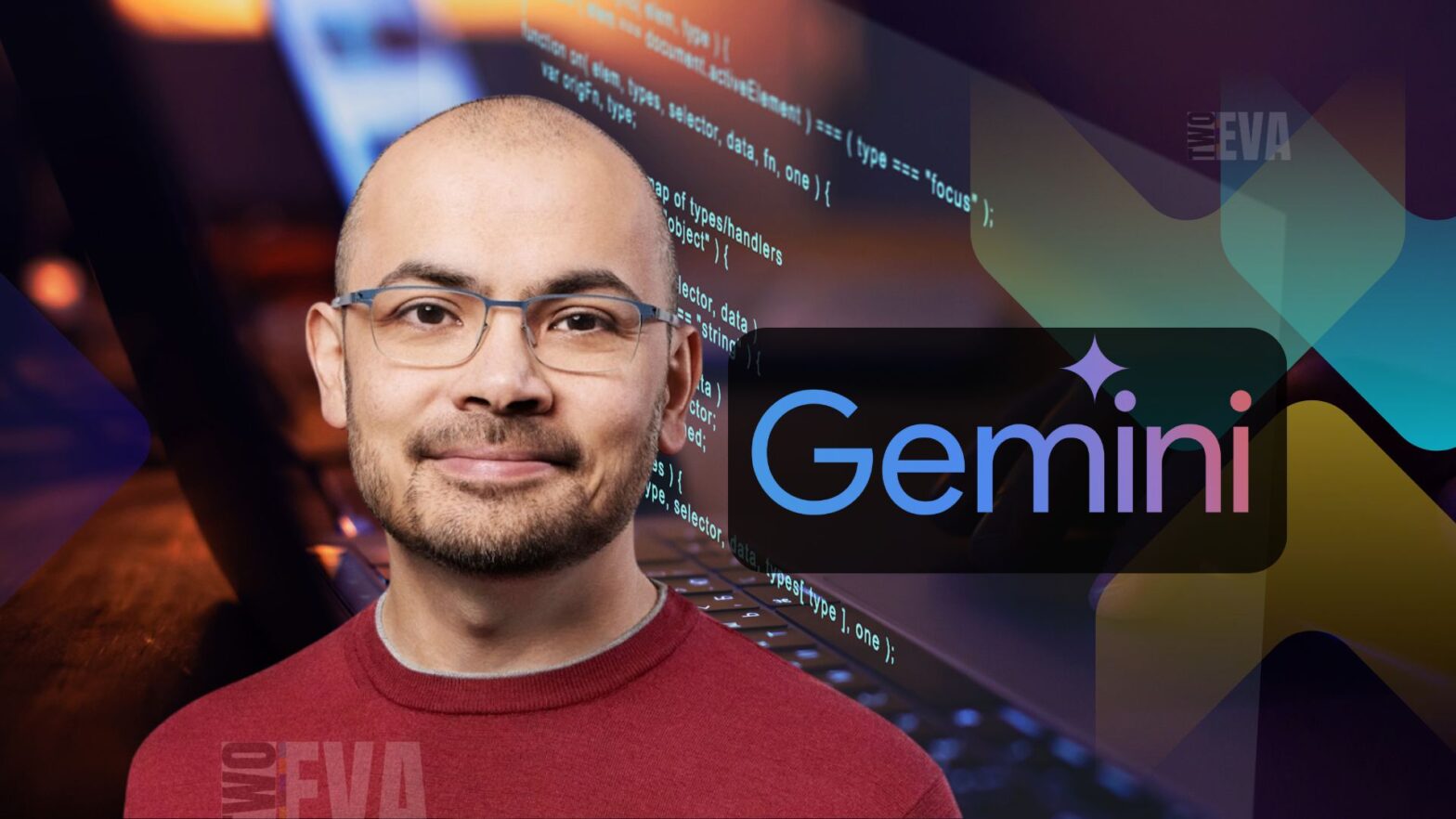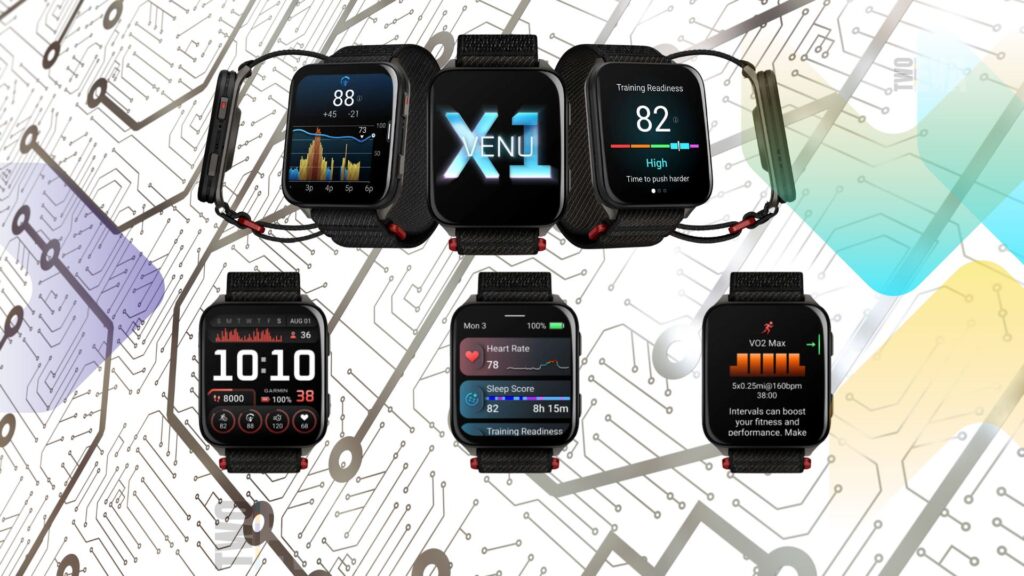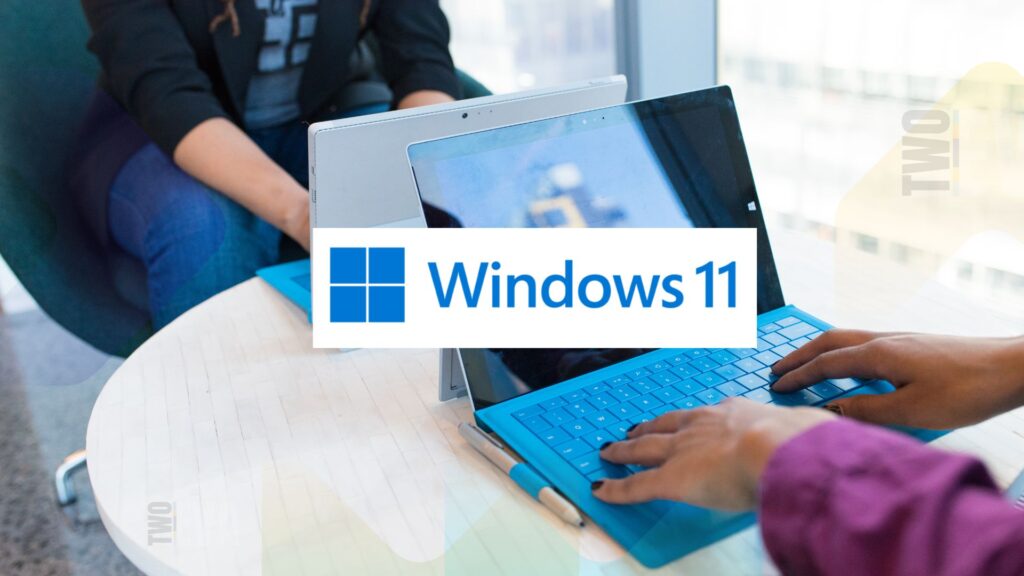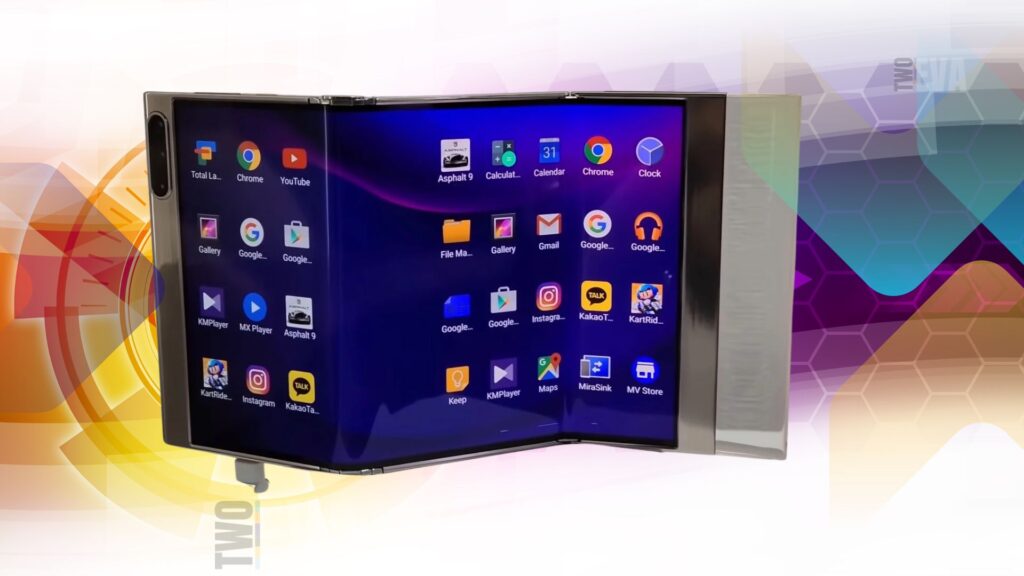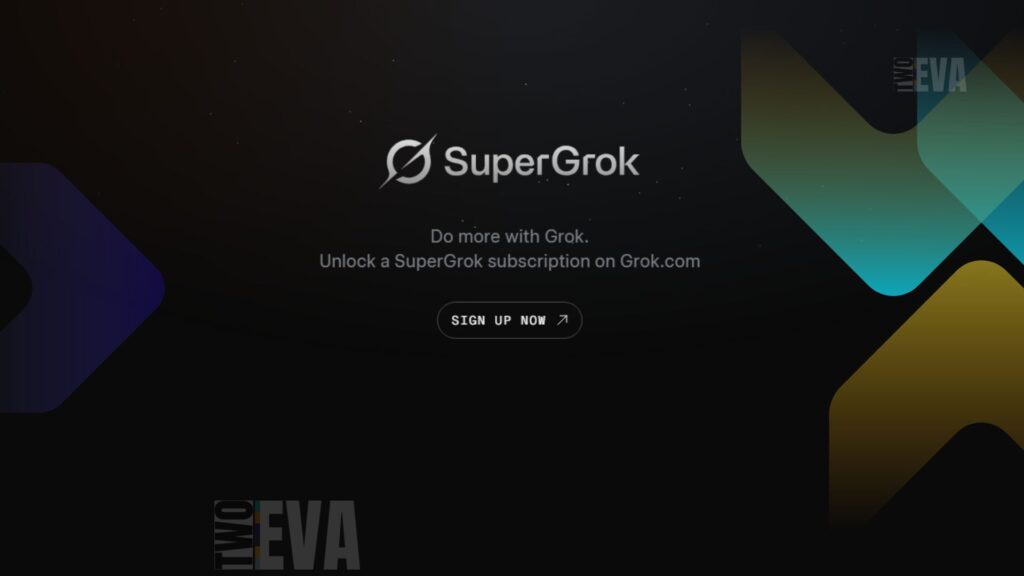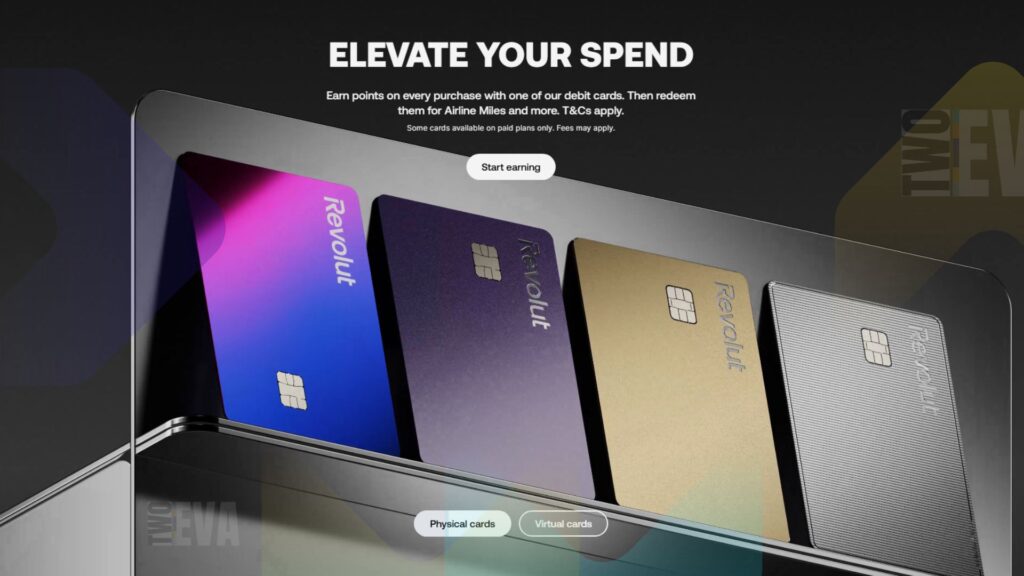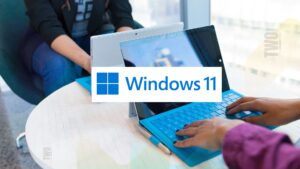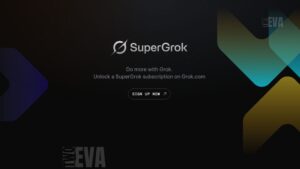Demis Hassabis, CEO of Google DeepMind, has confirmed plans to merge the company’s Gemini and Veo AI models, a move aimed at strengthening Google’s ecosystem through a more unified AI assistant. The announcement comes as Google seeks to regain its footing in an increasingly competitive AI landscape dominated by rivals like OpenAI. But is this integration a genuine leap forward or just another attempt to catch up?
The Backstory: Google’s AI Struggles and Reorganization
Google’s AI ambitions have faced turbulence in recent years. Despite pioneering transformer technology—the backbone of modern AI models like ChatGPT—Google has struggled to maintain dominance. In early 2023, the company merged its DeepMind and Brain research teams under the Google DeepMind umbrella to consolidate efforts. Gemini, designed as a successor to Bard (formerly LaMDA), was built with multimodality in mind, processing text, audio, and images. However, leadership changes within the Gemini project earlier this year hinted at performance concerns, particularly when benchmarked against competitors.
Meanwhile, Veo emerged as a specialized model trained on vast amounts of YouTube data, excelling in video understanding and generation. The model’s capabilities expanded after Google revised its data access policies last year, allowing broader training on video content. Now, the question is whether combining these models will address Google’s shortcomings or simply add complexity to an already fragmented strategy.
The Skeptic’s View: Will This Integration Actually Work?
Hassabis frames the merger as a step toward creating a ‘universal digital assistant’ that bridges digital interactions with real-world applications. Gemini’s multimodal strengths, paired with Veo’s video comprehension, could theoretically enhance AI’s understanding of the physical world. But industry analysts remain cautious. ‘Google has a history of overpromising and underdelivering in AI,’ notes one expert. ‘Merging two complex models doesn’t guarantee seamless functionality.’
Moreover, the AI race is no longer just about raw capability—it’s about reliability, speed, and user trust. OpenAI’s ChatGPT, for instance, has consistently outperformed Google’s offerings in adoption and public perception. If Google can’t ensure that Gemini-Veo operates smoothly across its ecosystem—from Search to Workspace—this move risks being another footnote in its AI struggles.
What’s Next for Google’s AI Ambitions?
The integration of Gemini and Veo is part of a broader push toward ‘omni’ or multimodal AI models, a trend gaining traction across the industry. Google’s vision hinges on these models not just improving content creation but also enabling more intuitive interactions between users and machines. Yet, as Hassabis, the path ahead is fraught with technical and ethical challenges.
For now, the success of this merger will depend on execution—can Google deliver a cohesive, high-performing AI assistant, or will this effort further expose its vulnerabilities? The answer may determine whether Google reclaims its position as an AI leader or continues playing catch-up.
